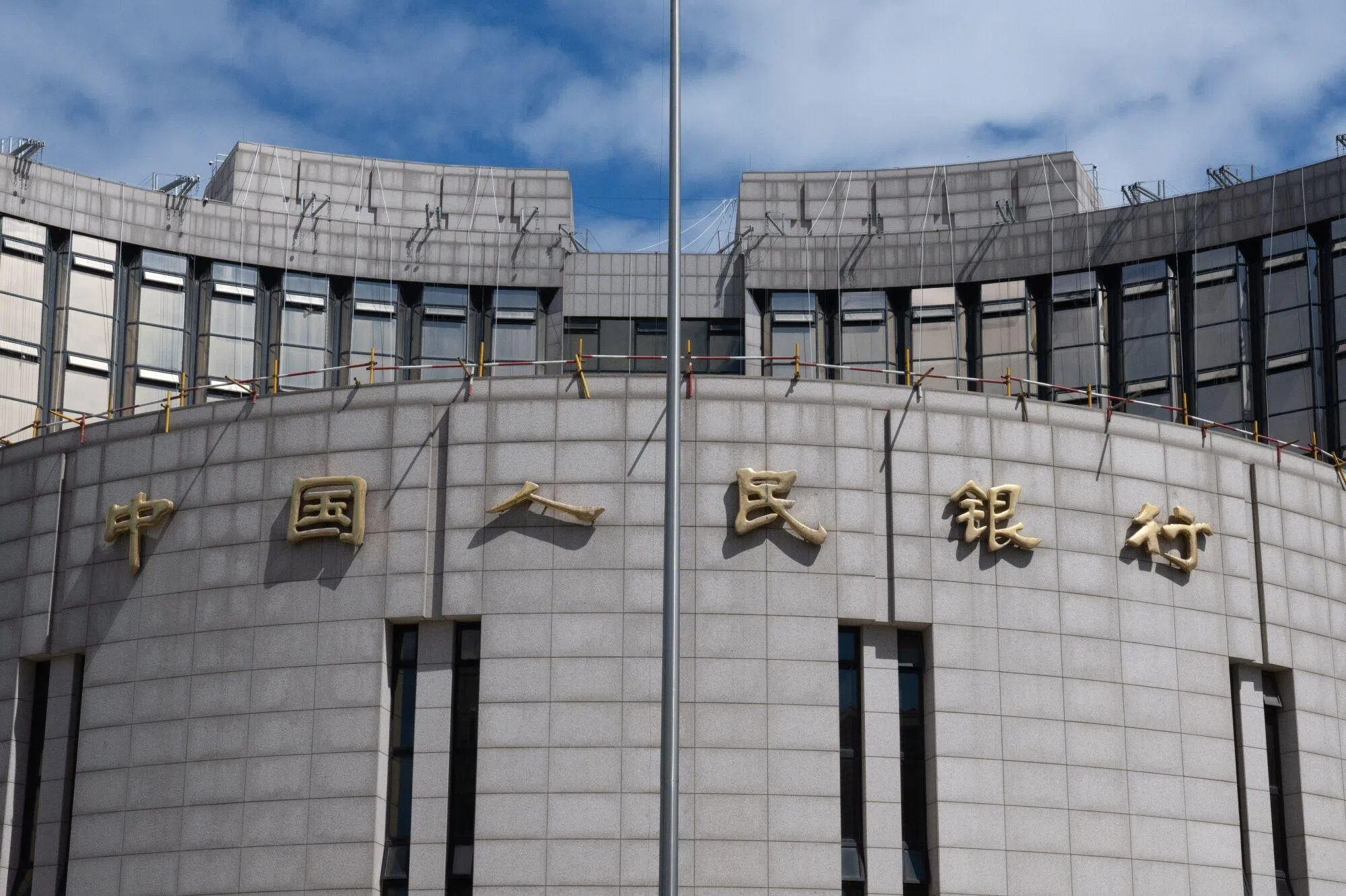China's Renewed Gold Strategy and Economic Implications
Discover how China's central bank resumed gold purchases after a six-month hiatus, exploring its impact on markets, investor sentiments, and the broader economic strategies, including the crypto market stance.
Published December 08, 2024 - 00:12am

Image recovered from businesstimes.com.sg
In a significant move, China's central bank, the People's Bank of China (PBOC), has resumed its gold purchasing activities after a six-month pause. This decision aligns with China's strategic economic maneuvers aimed at consolidating its reserve assets in the wake of fluctuating global market trends. According to official data released in December, China increased its gold holdings to 72.96 million fine troy ounces by the end of November, marking an increase from 72.80 million in the preceding month. This shift illustrates a renewed focus on the precious metal amid varying market dynamics and geopolitical factors.
Throughout 2023, the PBOC emerged as the largest official sector buyer of gold globally. The resumption of these purchases is expected to invigorate Chinese investor demand, which had diminished when the central bank suspended its buying spree in May. The PBOC's collection has performed well during the year, with gold prices surging by 28%, despite a 5% drop from the October high of $2,790.15 per ounce following a tumultuous post-election period in the United States.
China's choice to bolster its gold reserves is partly influenced by the nation's hesitancy toward the crypto industry, reflected in its ambivalence about legalizing crypto-related activities. Recent statements, including those from Fed Chief Jamie Powell, suggest that Bitcoin, often compared to gold due to its scarcity and enduring nature, is not yet considered a viable competitor to traditional reserve currencies like the US dollar.
Meanwhile, broader economic considerations weigh heavily on China's financial strategies. The country's decision to favor gold over cryptocurrencies could be indicative of its stance on the evolving global currency landscape and its apprehensions towards digital currency volatility. This view is reinforced by China's cautious steps, such as the regulated issuance of virtual tokens governed by Hong Kong's stablecoin bill.
The revival in gold purchases also interacts with significant global economic trends, including the initiatives by BRICS nations to establish a new currency as part of a larger de-dollarization strategy. While Bitcoin and other digital currencies are gaining traction globally, China remains selective in its adoption of such financial innovations, opting instead to focus its investments in tried-and-true assets like gold.
Moreover, uncertainties arising from geopolitical tensions in the Middle East and Ukraine, alongside ramifications from the recent U.S. presidential election, have increased the allure of safe-haven assets, a traditional economic haven amidst global unrest. These economic currents have amplified gold's appeal, particularly as Chinese investor demand wavered due to price spikes and overall economic conditions.
Considering the current state of the gold market, with spot trading prices fluctuating around critical levels, experts like Ole Hansen from Saxo Bank comment that the PBOC's decision sends a clear message. China appears prepared to continue its gold acquisitions despite high price levels, suggesting confidence in gold as a stable reserve moving forward. This posture might contribute not just to national economic security but also influence regional financial stability in Asia and beyond.
In summary, China's strategic return to the gold market enhances its economic positioning, balancing traditional reserve security with the cautious progression regarding digital currency landscapes. As the global financial world keenly observes these developments, China's economic planners continue to navigate the intricate balance of national interests and global economic realities.








